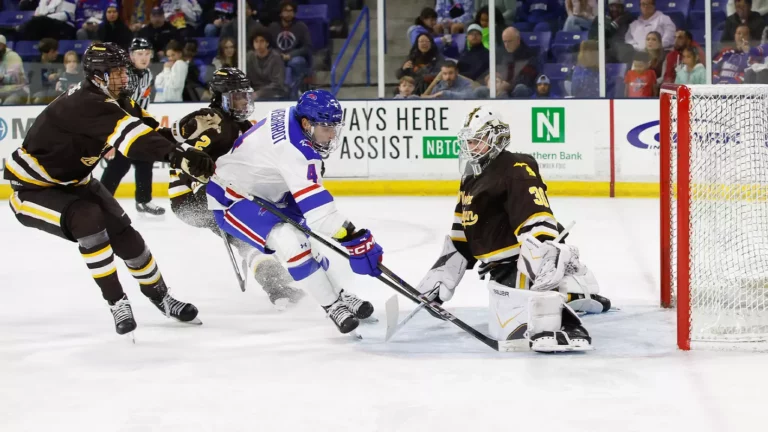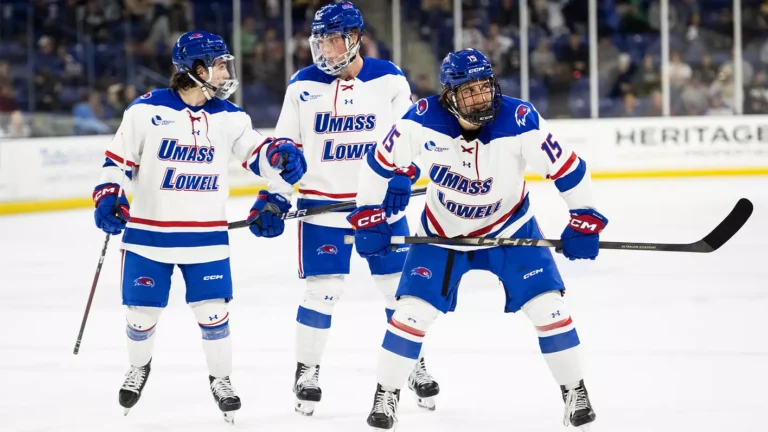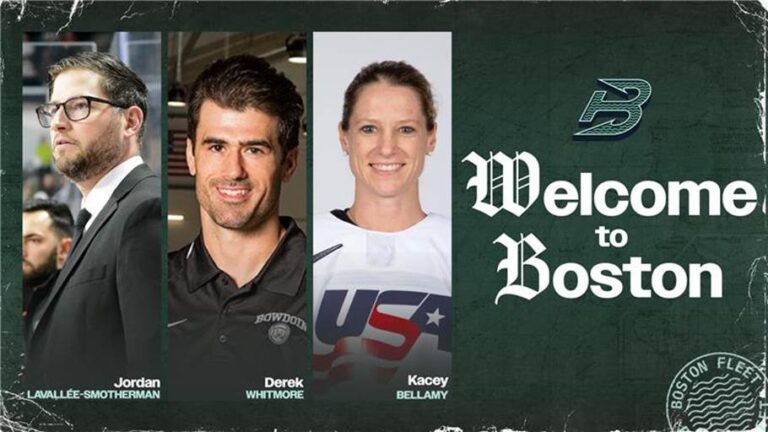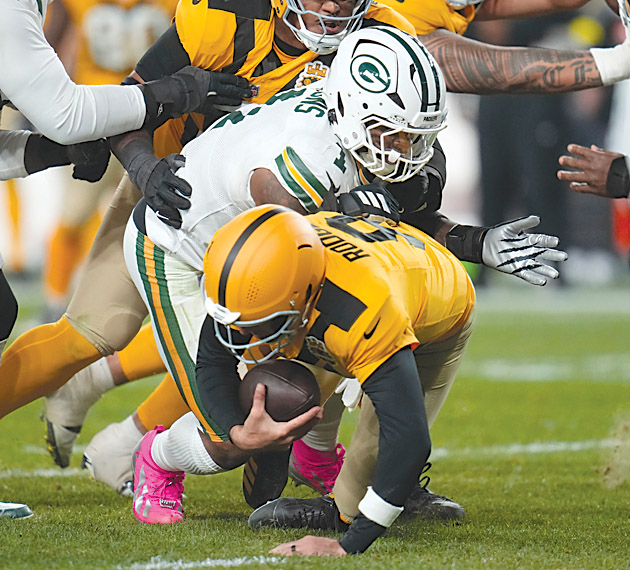
The Setup & Schedule
-
The 2025-26 ECAC men’s schedule features the traditional 132 conference games — each of the 12 teams plays 22 games (home and away vs. every opponent)
-
The regular season begins October 3, 2025, and the ECAC tournament will culminate on March 21, 2026, at Lake Placid’s Olympic Center.
-
On the women’s side, the league is rolling out a 132-game slate beginning October 24, with the conference championship slated for late February / early March.
So structurally, it’s business as usual — but there are some intriguing undercurrents this season.
Key Storylines to Follow
1. Leadership Changes & Coaching Transitions
-
Yale enters the 2025-26 campaign with a coaching change. Longtime head coach Keith Allain retired, and Joe Howe steps in as interim head coach.
-
Elsewhere, teams may quietly shift playing styles, especially as younger players and transfers begin to make their mark.
2. Graduations, Departures & Incoming Talent
-
Clarkson will be without several key contributors from last season: forward Ayrton Martino (Player of the Year) has moved on, along with standout goaltender Ethan Langenegger and others.
-
In contrast, some programs made noise in the 2025 NHL Draft: nine players with ECAC ties were selected. Notably, St. Lawrence commit Trenten Bennett went 99th overall, and incoming Cornell skater Alexis Cournoyer was also drafted.
-
Dartmouth returns stability: they bring back 19 players from their roster, including leading scorers CJ Foley and Nikita Nikora.
These transitions set the stage for questions about depth, system fit, and who will step up in pivotal roles.
3. Who’s the Favorite — and Who’s Creeping Up
-
In the 2024-25 preseason poll, coaches had pegged Cornell as the team to beat.
-
But with Clarkson losing big pieces and Cornell having to counterbalance its own losses, the top of the standings could be more open than usual.
-
Some early prognostications and power rankings (e.g., from College Puck) list Quinnipiac, Cornell, and Clarkson in their top three for 2025-26.
-
Surprise squads always lurk: teams like St. Lawrence or Union might make a push if their goaltending steadies and younger players make breakthroughs.
4. Goaltending & Defensive Depth
Given that many teams will rely on new or less experienced netminders, goaltending performance could swing the margin of victories (or defeats). The losses at Clarkson and elsewhere create opportunity but also risk.
5. Tournament Dynamics & Positioning for NCAA Bids
-
Beyond the Cleary Cup (regular-season champion) and Whitelaw Trophy (tournament champion) within the ECAC, how teams fare in non-conference games will matter for PairWise / NCAA Tournament positioning.
-
The ECAC’s path to multiple bids hinges on showing strength against other conferences and avoiding late-season collapses.
Team-by-Team Spotlights (Men’s)
Here’s a snapshot of a few teams worth watching:
| Team | Strengths / Edge | Potential Weaknesses / Risks |
|---|---|---|
| Cornell | Momentum, prestige, tradition. Often enters as a preseason favorite. | Must replace lost contributors, maintain consistency across 22 games. |
| Clarkson | Strong culture, tradition of success, coaching continuity (Jean-François Houle returns) | Replacing star forwards and a goaltender, depth will be tested. |
| Quinnipiac | Typically solid across all lines; punching power in offense and pro-level recruits | The margin for error is slim in a loaded league; consistency is needed. |
| Dartmouth | Continuity and returning core; riding forward momentum after a strong Ivy title run, | Possibly limited upside beyond that core; must get help from role players. |
| St. Lawrence | It could be surprising if new or underused players emerge; local recruiting pipelines. | Goaltending and consistency have historically been weak; turnover may hurt. |
| Yale | Opportunity to reset under new leadership | Adjustment curve under new coach will matter early; expectations modest. |
Other teams (Harvard, Colgate, Union, etc.) might not be front-runners, but in a parity-rich conference, any of them can string together a run if pieces fall into place.
What to Watch Early & Midseason Triggers
-
Opening series: How teams fare in early non-conference games and out-of-conference showdowns will set the tone for confidence and reputation.
-
Home-ice stretches/back-to-backs: In tight ECAC standings, fatigue and travel can tilt weekend series.
-
Mid-season transfers/injuries: Roster moves midseason could reshape playoff trajectories.
-
Head-to-head matchups: Every ECAC team plays each other twice; the “sweep or split” nature of those weekends often decides playoff seeding.
Author Profile

Latest entries
 America East ConferenceOctober 27, 2025Binghamton’s Big Reboot: A New Look for the Bearcats in the America East
America East ConferenceOctober 27, 2025Binghamton’s Big Reboot: A New Look for the Bearcats in the America East ACCOctober 24, 2025Running Out of Time: Eagles Fighting to Save Their Season
ACCOctober 24, 2025Running Out of Time: Eagles Fighting to Save Their Season America East ConferenceOctober 23, 2025UAlbany Great Danes 2025–26 Season Preview: Dwayne Killings Hits Reset
America East ConferenceOctober 23, 2025UAlbany Great Danes 2025–26 Season Preview: Dwayne Killings Hits Reset College HockeyOctober 19, 2025#2 Western Michigan Sweeps the Weekend from UMass Lowell, 6-0
College HockeyOctober 19, 2025#2 Western Michigan Sweeps the Weekend from UMass Lowell, 6-0
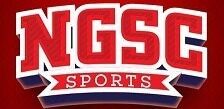
 Steelersforever.org
Steelersforever.org